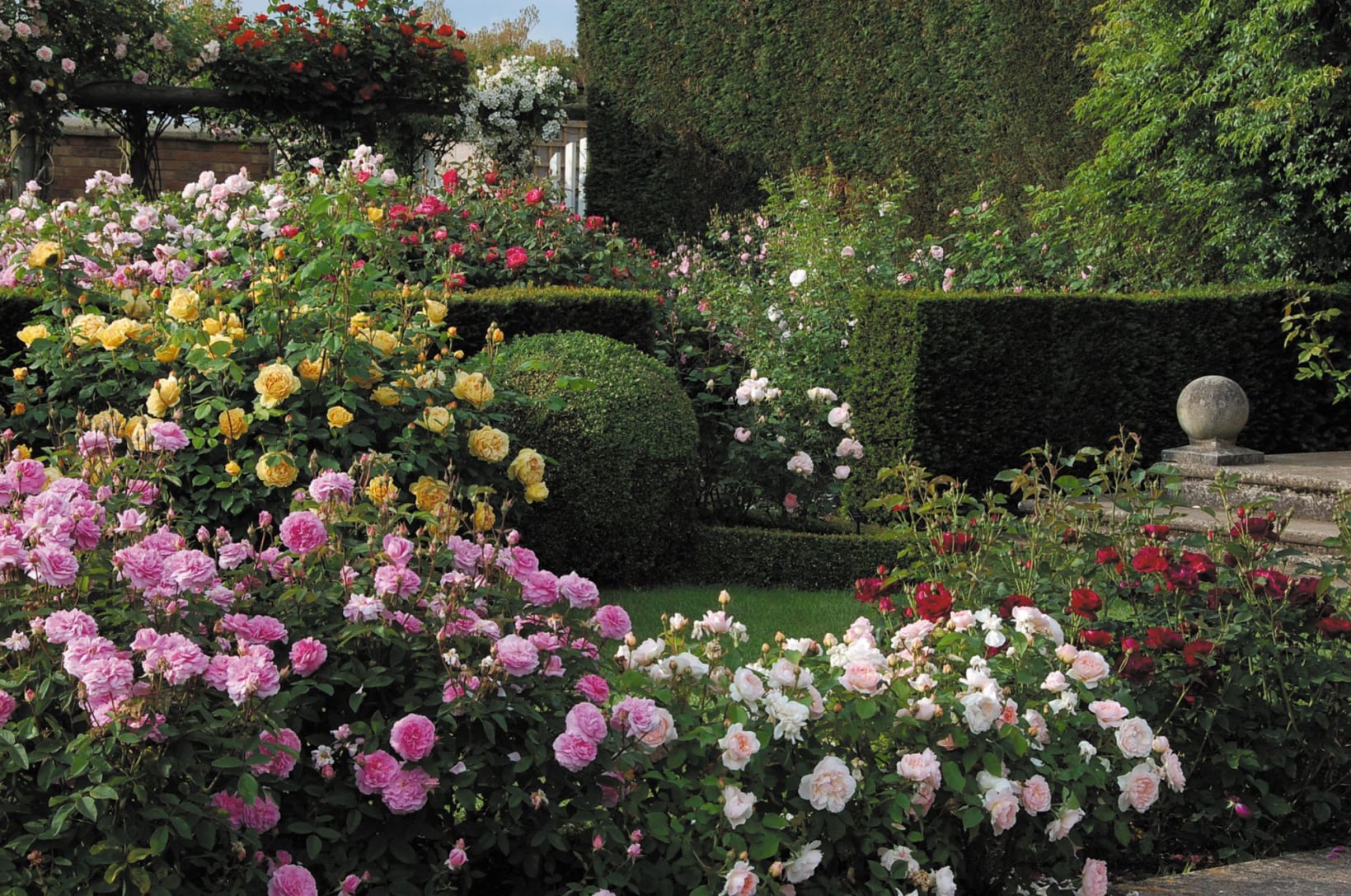The Art of Growing Roses in Your Garden
Roses have long been celebrated as the crown jewels of any garden. Their lush petals and intoxicating fragrance can transform an ordinary space into a sanctuary of beauty. However, growing roses can seem daunting to beginners, who may worry about their reputation for being high-maintenance. The truth is, with a little patience and the right approach, anyone can cultivate thriving rose bushes that bloom year after year.
The first step in growing roses is selecting the right variety for your climate and garden space. Some roses thrive in full sunlight, while others prefer partial shade. It’s also important to consider the size of the mature plant, as some varieties can grow quite large and may overwhelm a small garden. Once you’ve chosen your roses, prepare the soil by enriching it with organic matter to ensure good drainage and fertility.
Planting roses at the right time of year is crucial for their success. Early spring or fall is often ideal, as the moderate temperatures and consistent moisture help the plants establish strong root systems. When planting, dig a hole that is wide and deep enough to accommodate the roots without crowding them. Place the rose bush in the hole, ensuring the bud union—the swollen area where the rose is grafted onto the rootstock—is just above the soil level.
Watering is another key aspect of rose care. Newly planted roses need regular watering to help them settle in, but be careful not to overwater, as this can lead to root rot. Once established, roses generally require about an inch of water per week, either from rainfall or supplemental watering. Mulching around the base of the plants can help retain moisture and suppress weeds, which compete with roses for nutrients.
Pruning is essential for maintaining healthy rose bushes and encouraging abundant blooms. The best time to prune is in late winter or early spring, just as the new growth begins. Remove any dead, damaged, or diseased wood, and trim back the remaining canes to shape the plant. This not only improves air circulation but also directs the plant’s energy toward producing vibrant flowers.
Finally, keep an eye out for common pests and diseases that can affect roses. Aphids, spider mites, and black spot are some of the most frequent issues gardeners face. Regular inspections and prompt action, such as removing affected leaves or using natural remedies, can help keep your roses healthy. With proper care, your garden will be filled with the timeless elegance of roses, bringing joy and color to your outdoor space.
